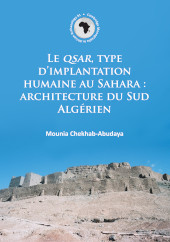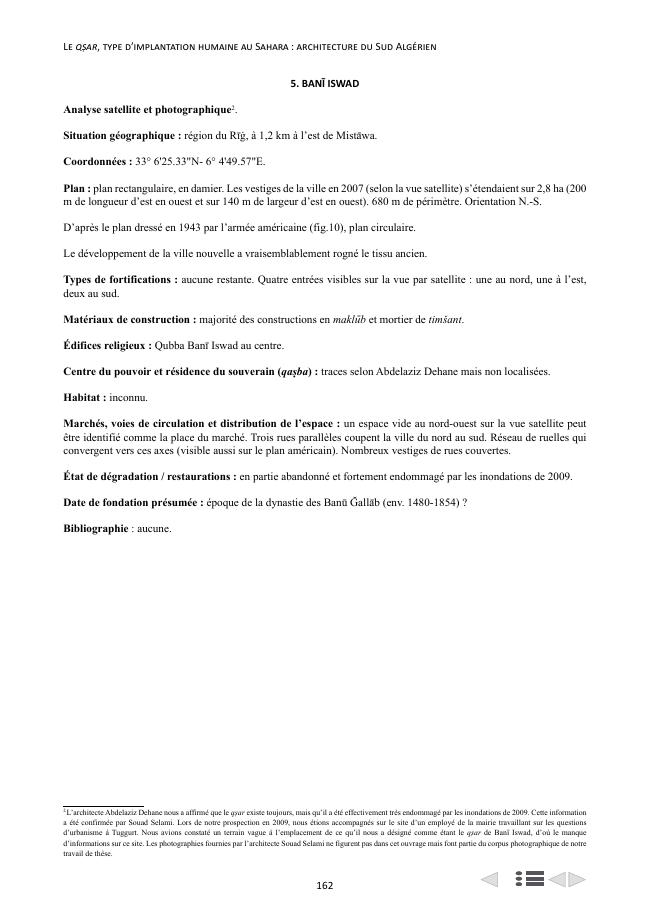Le QSAR, type d'implantation humaine au Sahara : architecture du Sud Algérien
356 p.
The qṣar corresponds to a type of human settlement widely distributed in the Sahara desert, including many examples located today in southern Morocco, southern Algeria, southern Tunisia, Libya, Mauritania and Mali. This architectural model is characterised by its use over a wide-ranging time span – probably since the early first millennium BC according to ancient structures recorded by the archaeologist Mattingly in the Libyan Fazzān. This volume, through the systematic analysis and comparison of some qṣūr of southeastern Algeria (Rīġ, Mzāb, Miya and al-Manī'a), reveals common architectural features that can be used to identify a common type of qṣar in this region. The analysis of the construction material shows the primary use of limestone with a local mortar (timchent) and date palm trunks (phoenix dactylifera) for the structural elements (ceilings, doors, arcs, domes). Adobe bricks (ṭūb) are used in the housing and the defence systems punctuated by towers and pierced doors. Despite a discontinuity within t
he historical narrative, the establishment of populations in this area of the Sahara appears to be much earlier than the medieval period and the qṣar is certainly not a creation ex nihilo of the modern era. Because of their numerous modifications and extensions over several centuries, the qṣūr problematise the dating of such settlements. However, the comparison of its main components encourages the development of a typology to identify some common characteristics that would help position the qṣar among the urban planning of the dār al-islām. [Publisher's text].
Illustrated throughout in black & white with 12 colour plates.
-
Information
ISBN: 9781784913489
DISCIPLINES



